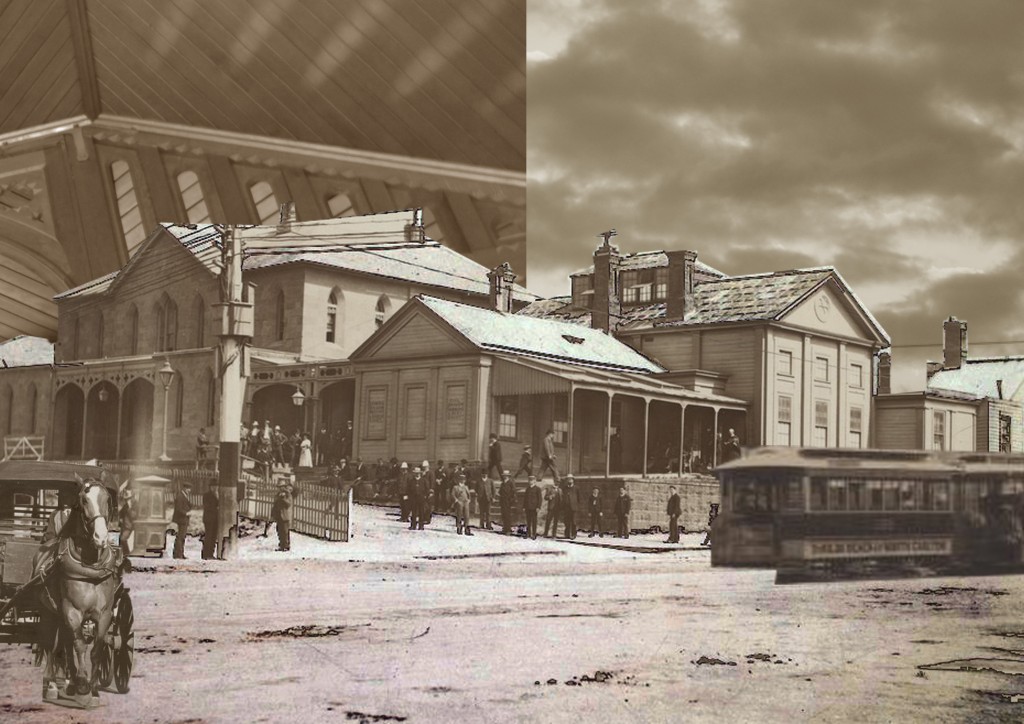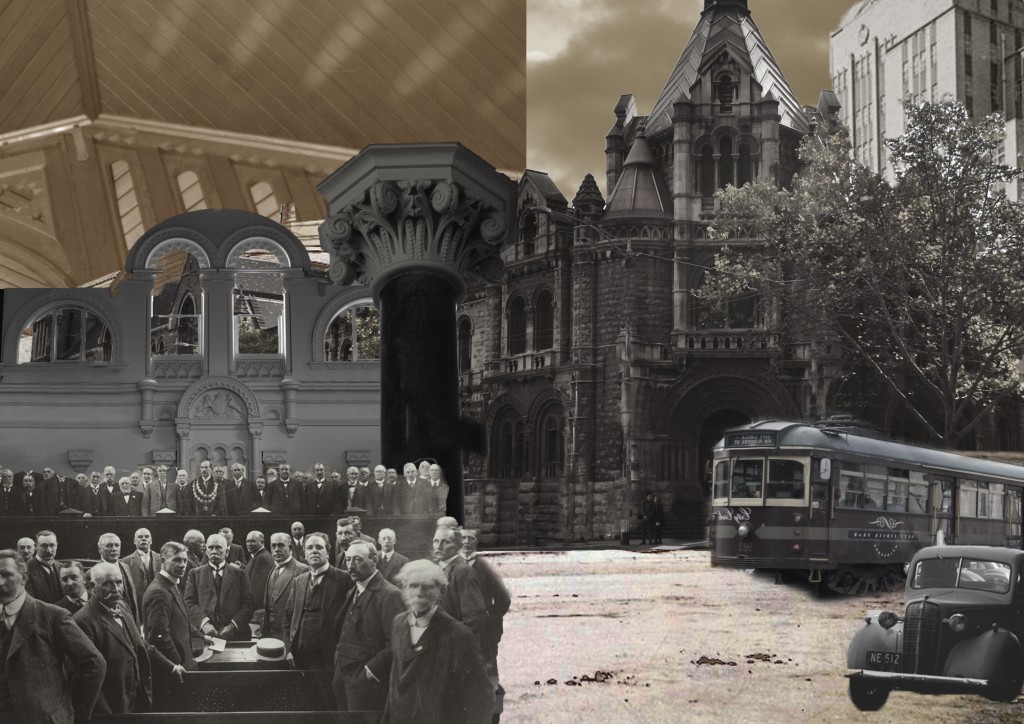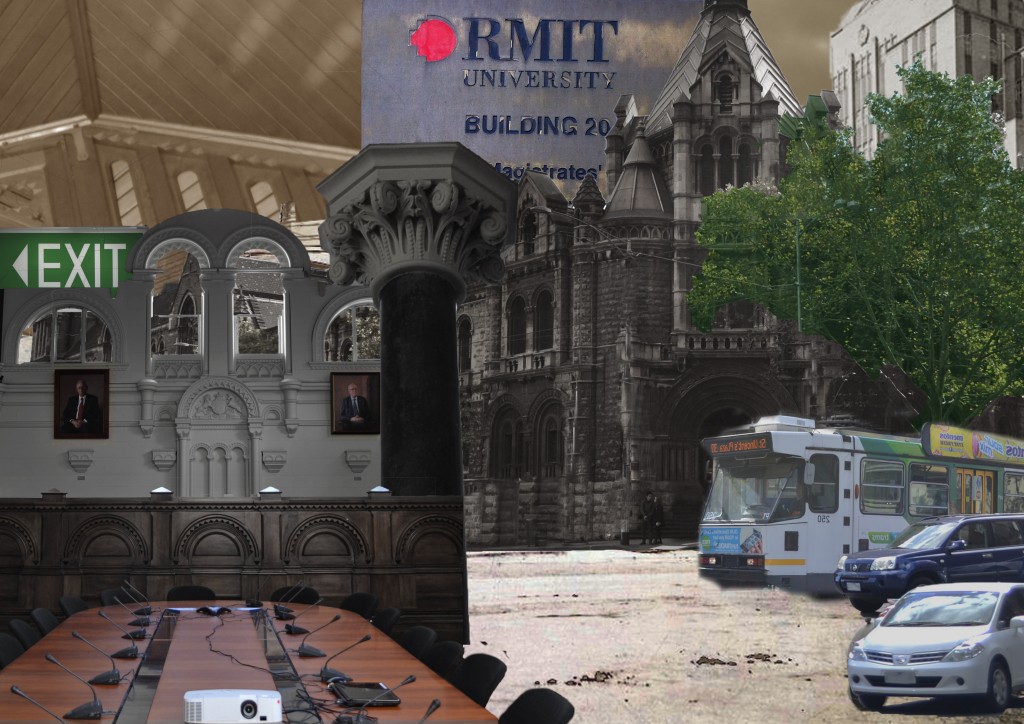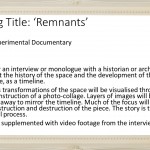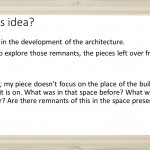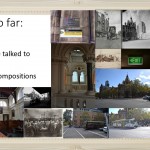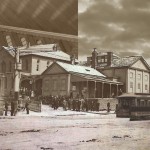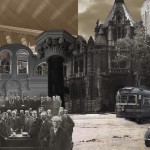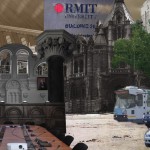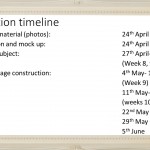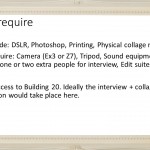Current Project Update: Interview Subjects
I’ve been struggling more than i expected finding interview candidates. Peter Elliott and the Old Melbourne Gaol didn’t respond to my email. Recently I emailed the Architecture faculty asking if they were interested, but so far the only reply I have received suggested I contact Peter Elliott. At this point, I will probably wait for some more replys, hopefully over tomorrow one of the Architecture staff steps up. Otherwise, I will probably visit the Gaol in person to get a direct response, and/ or find another way of contacting Peter Elliott.
I’m not really stressing about this though. The main point of the piece is the collage, and I can organise all of that on my own terms. The interview is sort of the secondary thing. If it comes to the point where i can’t find anyone willing to do an interview and the piece is looking bare, I can easily write out a script myself and just do the recording myself or with a voice actor, since I have done my own research about the history of the architecture. My first preference is the interview though. I think it would ground the piece to have a voice like that, rather than just random history being recited.
I’ve also been thinking about scrapping the video interview idea and just doing an audio interview. The majority of the visuals would be the collage anyway. Perhaps the interview subject doesn’t need to be seen. I am leaning toward doing the interview with perhaps just a H2n now, as I am picturing the piece in my head, and the sound of the voice can be effective as it is to inform the visuals, rather than to act as a forma interview with the collage just being a feature.
From here I need to ensure the collage is executed successfully. I need to think about my materials. I am thinking of mounting it on a sheet of wood or something as i feel the construction and the scraping would be effective. But if I want to make it a large piece, which I do, perhaps another medium would be better. I will do some tests, printing it and testing it on wood, paper, maybe even something like calico? I’ll go shopping over the weekend to see what kind of large surfaces I can find that are relatively inexpensive. I also have tons of printing credit in Building 9, so I’ll start printing things off.

